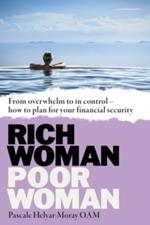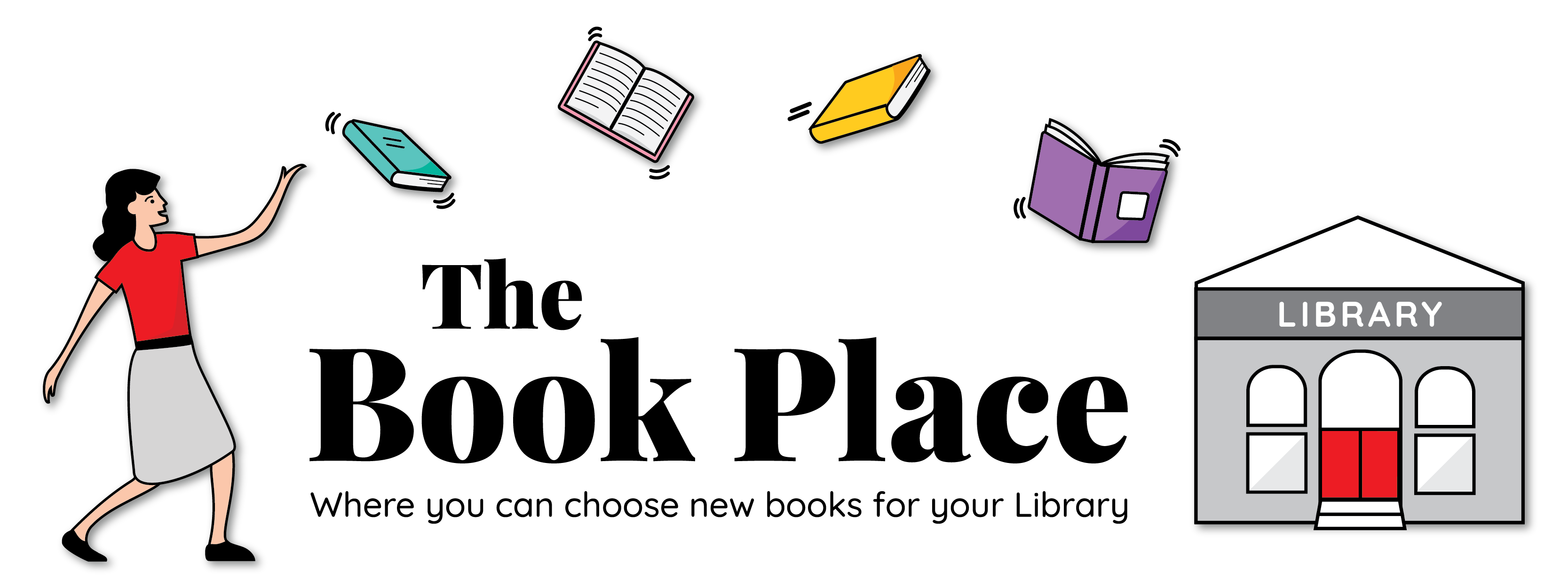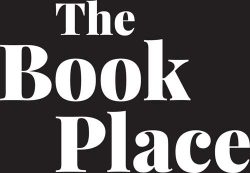Record levels of women are retiring in poverty, the current figure is 1 in 6 in Australia. Should we be surprised when women earn less than men, shoulder the load when it comes to unpaid work at home, and take more and longer breaks from paid work to have children? The difference between a rich woman & a poor woman is very often financial literacy. Australia has a superannuation system, the envy of many other countries in world, and most of us don’t understand it. Super school doesn’t exist. Financial literacy as a wider topic has been taught in high schools since 2015 but, somehow, the crucial subject of superannuation is left out of the mix. Rich Woman, Poor Woman addresses this knowledge gap. Superannuation is a lot like exercise. We know that exercise has long-term health benefits, but the couch and a glass of wine seem so much more attractive after a hard day! However, if you start to introduce exercise into your day, it becomes a habit and you soon see positive change. Now, apply this thinking to saving for your financial security through superannuation. When you contribute to super, you (momentarily) feel good that you’re putting some money aside for your later years. You give yourself a high-five for your sensible long-term thinking. As you continue to see money diverted into your superannuation account each payday, you get used to the idea, and start to think that (perhaps) it’s not such a bad idea after all. The more your super balance grows, the more confident you become that you will be able to enjoy a comfortable lifestyle in later life. Well-researched, practical and written in an easy-to-read style, Rich Woman, Poor Woman explores: What exactly is super, and how it can work harder for you How to adopt super money habits and make a plan to achieve financial independence Set and forget strategies to grow your super faster Hacks for all ages: women in their 20s, 30s, 40s, 50s and 60s.

Rich woman, poor woman
ISBN: 9781923186231
Format: Paperback
Publisher: Major Street Publishing (ADS)
Origin: AU
Release Date: October, 2024


